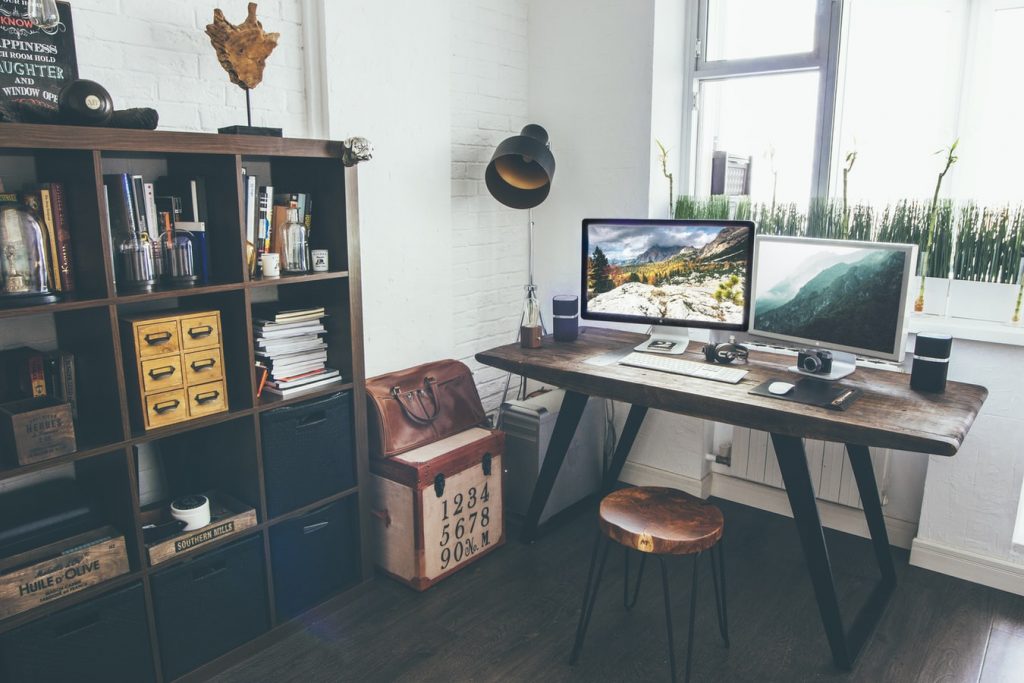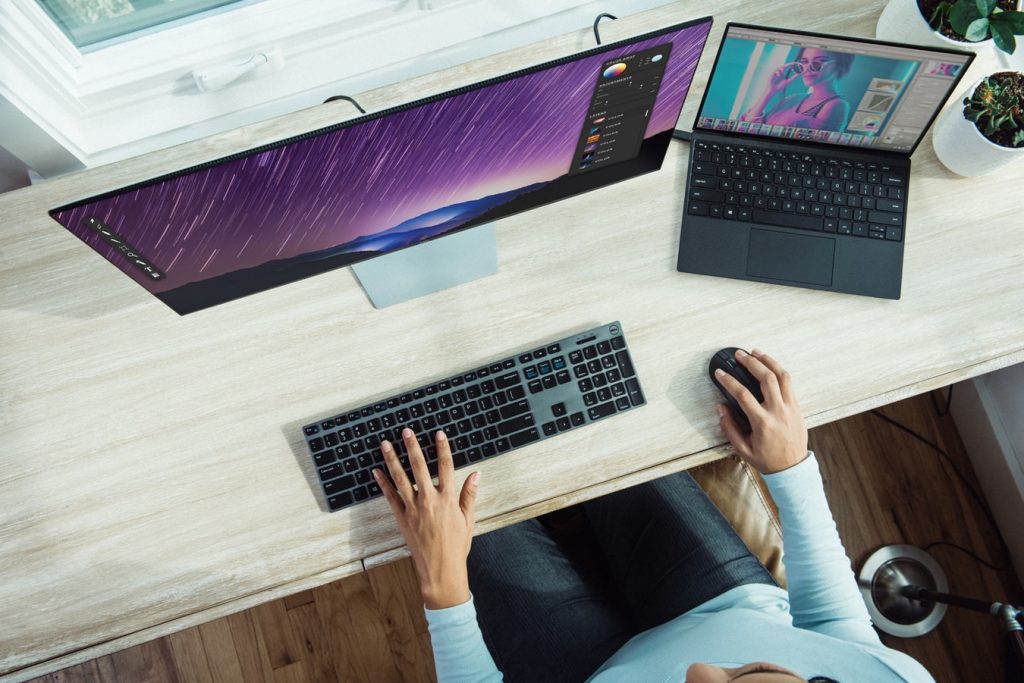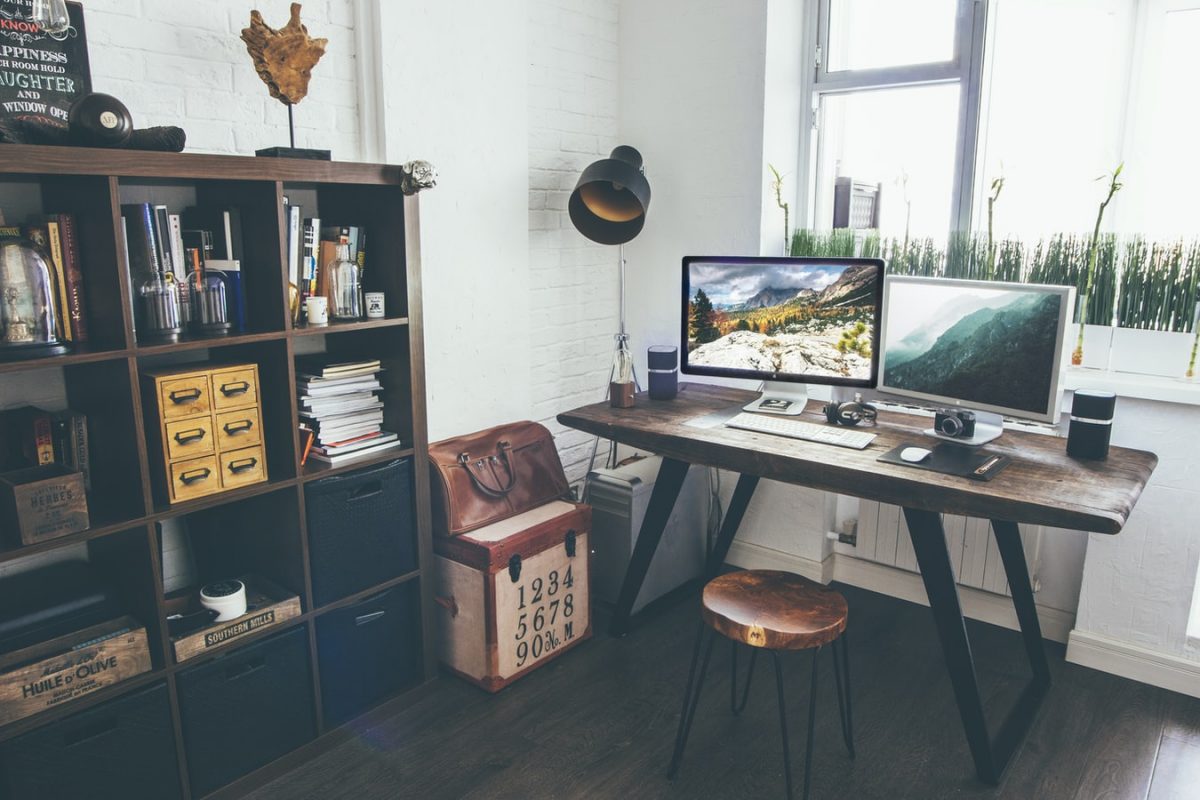
Tens of millions of people experience neck or back pain each year, and per Statista research, 54 percent of adults have experienced it for five years or longer.
A different Statista survey asked respondents in the United States about their most prevalent symptoms experienced, and topping the list was 47 percent of the people saying back pain and muscle tension. There are many reasons for the pain, including excess weight and stress-causing tight muscles and ligaments. Sitting at a computer for hours without a break is another cause of back and neck pain. As more people work at home, some are sitting for even longer uninterrupted periods of time because there are no distractions.
Sitting Combined with Lifestyle Factors
Neck pain from sitting at a desk develops for several reasons, but surprisingly, increasing research has shown that it is not just the sitting by itself causing the pain. It is sitting without changing positions – combined with lack of exercise, poor sleep habits, and/or stress and mental health issues, like a depressed mood – that may lead to back neck pain.
Lifestyle factors do play a big role in the health of your back from the neck (cervical spine) to the lower back (lumbar spine). When you sit for long periods of time, it is difficult to maintain good posture. Unless the back muscles and ligaments are healthy and not excessively tight due to tension caused by stress, a change in the spine’s curvature is likely to occur. Sitting for prolonged periods of time can cause back muscles, tendons, and ligaments to tighten simply because they are not used.
Most osteopathic physicians describe the process that takes place when sitting for hours without a break, including developing neck pain from sitting at a desk.
- Neck gets tense and tight
- Back arches a little which increases the curvature of the neck (cervical lordosis)
- Trapezius muscle gets strained
- Trapezius muscle develops the tender knots that are painful and tight
- Discs in the lower back begin to bulge
- Whole back begins to arch forward as muscles strain and become weaker
- Hips get weak
- Lower back experiences the most strain
The trapezius muscle is the muscle connecting the shoulder and upper back, enabling holding the neck in place. In some cases, knee pain also develops, followed by sciatica. The most serious issue that sitting too much can cause is that the discs in the lumbar vertebrae may begin to bulge. That can become a chronic problem.
Aggravating the Sitting Issues

When the lower back hurts when sitting, or you experience neck and shoulder pain from sitting at the computer, it is your body telling you that you are sitting too long. Though the research varies as to whether sitting too long is all it takes to cause back and neck pain, research has shown that prolonged sitting can put stress on the spinal discs and muscles. Weak muscles are more prone to injury. Common neck, shoulder, and back pain develop from:
- Slouching while sitting, stretching ligaments
- Poor posture causing strained muscles
- Poor posture causing the spine to be out of alignment
- Improper positioning of the head while on the phone
- “Text neck” resulting from tilting the head down to read a smartphone
- Sleeping with the neck twisted or out of alignment with the rest of the spine
- Weak muscles, ligaments, and tendons due to lack of exercise, coupled with sitting without a break for hours at a time
- Accommodating a workstation by bending the neck
- Obesity or being overweight which places more pressure on the lower back
Pain in the spine at the base of the neck may be accompanied by middle and lower back pain too. In other words, the whole back hurts! Whether due to sitting at work or sitting at home, pain can make it difficult to do what you have to do – sit comfortably.
Sit Less at Work and at Home
You can get neck pain at work or back pain from work requiring a lot of sitting. There are simple solutions that you can use while at work or working at home. One is to get up every 30 minutes and walk around. Another is to take every opportunity to walk around, like when talking on a mobile phone. Make sure your desk and chair are comfortable and promote good posture, like a monitor at eye level.
Finally, address the lifestyle factors that contribute to back neck pain. Perhaps you need to lose weight, get more and regular sleep, and start exercising regularly. It is everything together that can help you avoid neck and back pain from sitting. Should the pain persist for more than a few weeks, be sure to see a spine doctor who can make sure there is not a more serious spinal condition developing.
